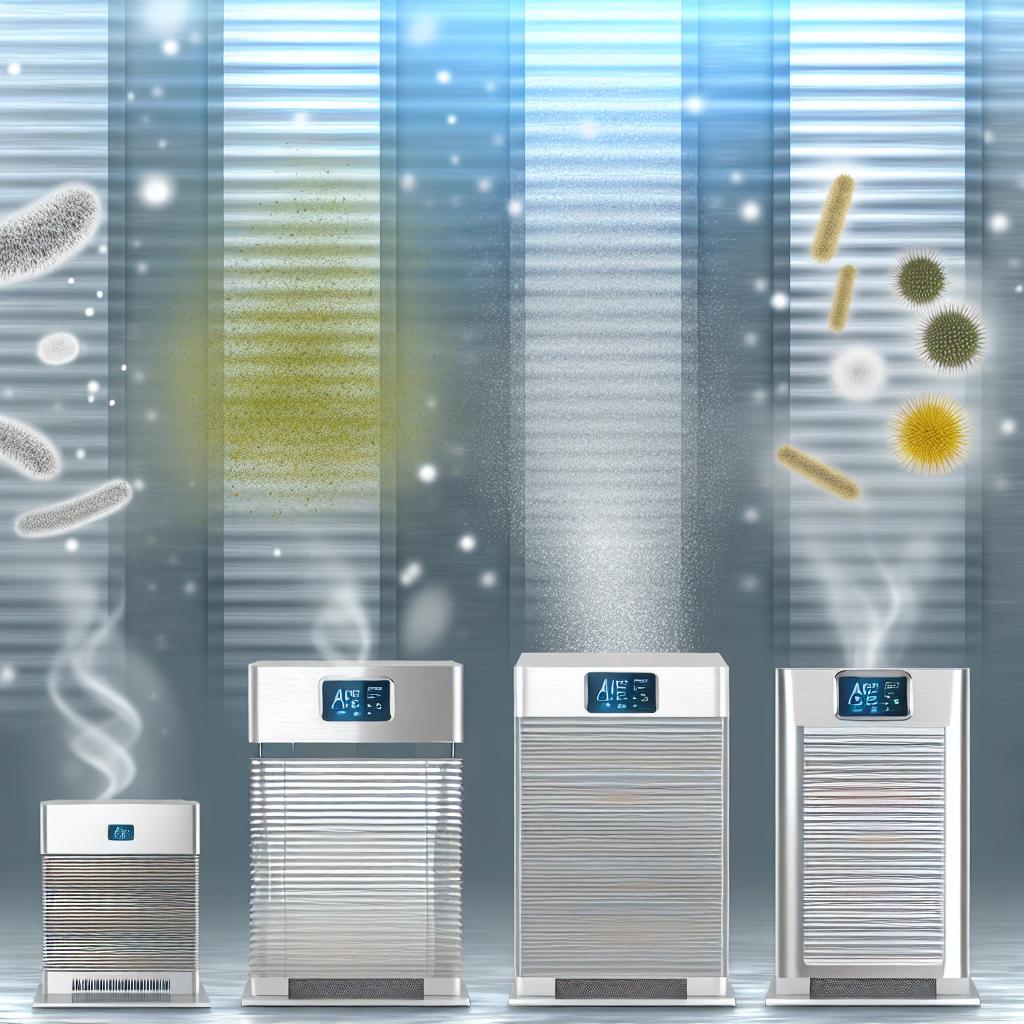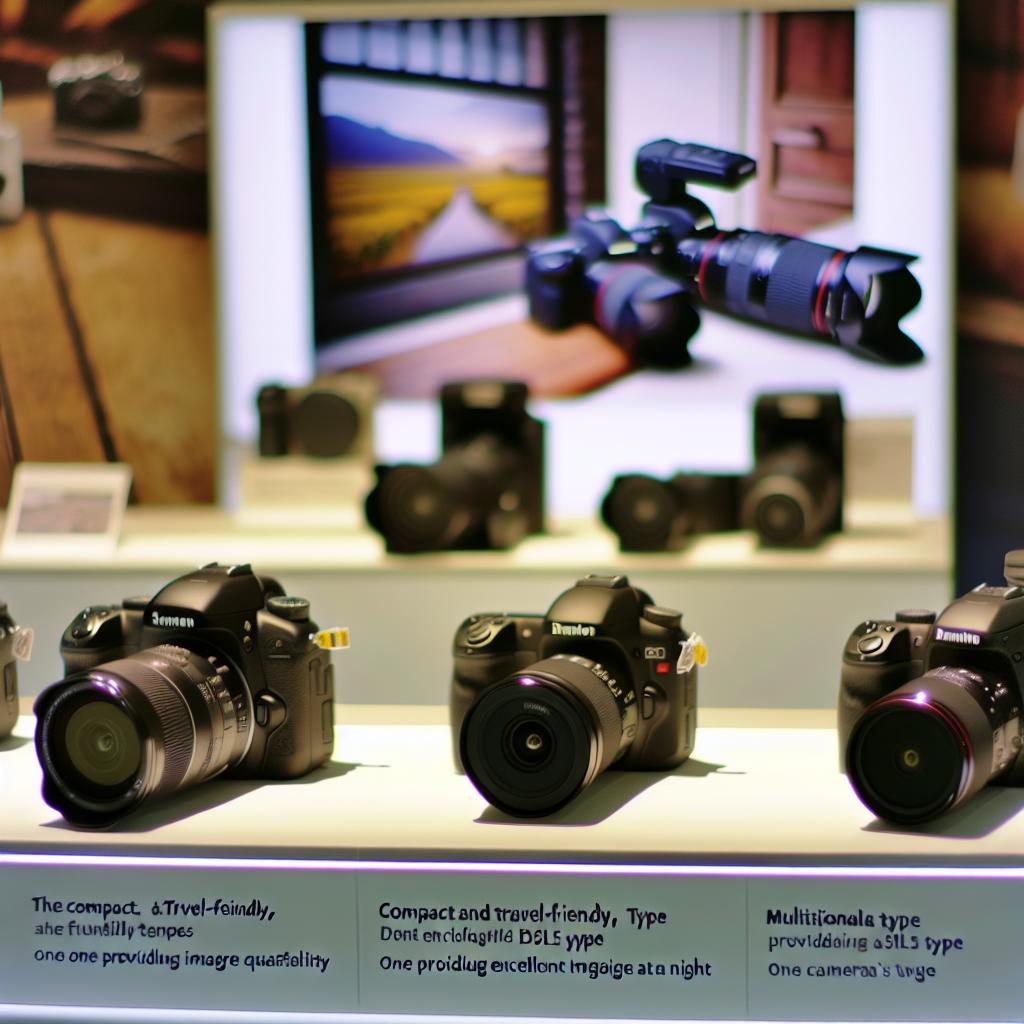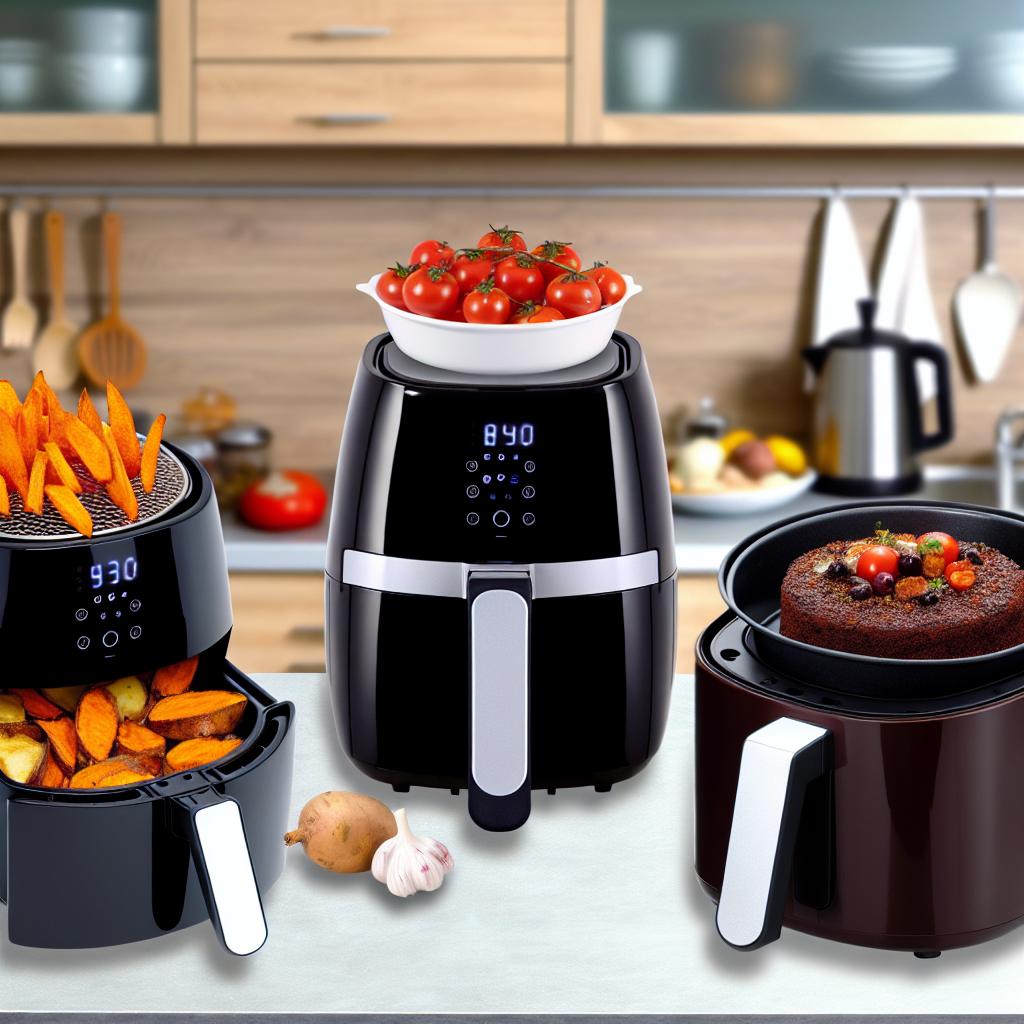Understanding Air Purifiers for Allergies
Indoor air quality is a crucial factor affecting health and well-being, particularly for individuals who suffer from allergies. In recent years, air purifiers have emerged as effective tools for improving the air we breathe indoors. These devices are specifically designed to filter out pollutants, allergens, and other airborne particles that can trigger allergic reactions. By understanding how air purifiers work and the benefits they offer, allergy sufferers can make informed decisions to enhance their living environments.
How Air Purifiers Work
The fundamental purpose of air purifiers is to clean the air by removing various types of pollutants and particulates. To achieve this, air purifiers use a combination of filters and innovative technologies. Here are the key components commonly found in air purifiers:
HEPA Filters: High-Efficiency Particulate Air (HEPA) filters are critically acclaimed for their effectiveness. With the capacity to capture up to 99.97% of particles as tiny as 0.3 microns, HEPA filters are integral in removing common allergens such as dust mites, pollen, and pet dander. Their efficiency in trapping small particles makes them a staple in air purification.
Activated Carbon Filters: These filters excel at absorbing odors and gaseous pollutants, including volatile organic compounds (VOCs). Although they are not specifically designed to target allergens, activated carbon filters play a supportive role alongside HEPA filters by eliminating undesirable odors and certain harmful gases from indoor air.
UV-C Light: Some advanced air purifiers incorporate ultraviolet (UV-C) light technology. By exposing microorganisms such as bacteria and viruses to UV-C light, these purifiers can neutralize pathogens, thereby enhancing air purity.
Key Features to Look For
Selecting the right air purifier involves examining several important features to ensure it meets your specific needs, particularly if you suffer from allergies. Essential features to consider include:
Size and Coverage Area: It is crucial to select an air purifier that corresponds to the size of the room in which it will be placed. Manufacturers generally provide coverage area details in square feet, making it easier to choose a suitable model.
CADR Rating: The Clean Air Delivery Rate (CADR) is a measure of an air purifier’s efficiency, indicating the volume of air it can filter per minute. A higher CADR rating suggests that the device can purify more air in less time, making it a vital specification for those who require rapid air purification.
Noise Level: When the purifier is intended for use in a bedroom or another quiet environment, noise level becomes an important consideration. Many modern air purifiers offer a sleep or low-noise mode to ensure minimal disruption and quiet operation during rest periods.
Filter Replacement Indicators: Timely maintenance is key to sustaining an air purifier’s performance. Models that feature filter replacement indicators notify users when it is time to change the filters, ensuring optimal operation and prolonging the life of the device.
Benefits of Using Air Purifiers for Allergies
For individuals with allergies, incorporating an air purifier into their home or office environment can provide various tangible benefits.
Reduction of Allergens: By effectively removing airborne allergens like pollen, dust, and pet dander, air purifiers can significantly mitigate allergy symptoms. This reduction translates into decreased occurrences of sneezing, itchy eyes, and nasal congestion, providing much-desired relief to allergy sufferers.
Improved Sleep Quality: Clean air contributes to easier breathing, which is crucial for those with chronic allergies or asthma. Enhanced respiratory comfort often leads to better sleep quality, resulting in a more restful and rejuvenating night’s rest.
Minimized Exposure to Pollutants: Beyond allergens, air purifiers also reduce exposure to indoor pollutants such as tobacco smoke and volatile organic compounds (VOCs). This added level of protection contributes to better overall health and wellness by ensuring cleaner indoor air.
Besides these, air purifiers can help reduce other types of indoor air pollution, such as pet odors and cooking smells, further enhancing the overall quality of the living environment.
Conclusion
The selection of an air purifier involves careful consideration of technical features to align with personal requirements, particularly for individuals with allergies. Nevertheless, the advantages of improved air quality are numerous and can be instrumental in enhancing comfort and overall well-being. An appropriate air purifier not only removes allergens but also ensures a healthier living space by decreasing exposure to harmful airborne pollutants. By investing in a suitable device, allergy sufferers can enjoy cleaner air and a significant improvement in their quality of life.




